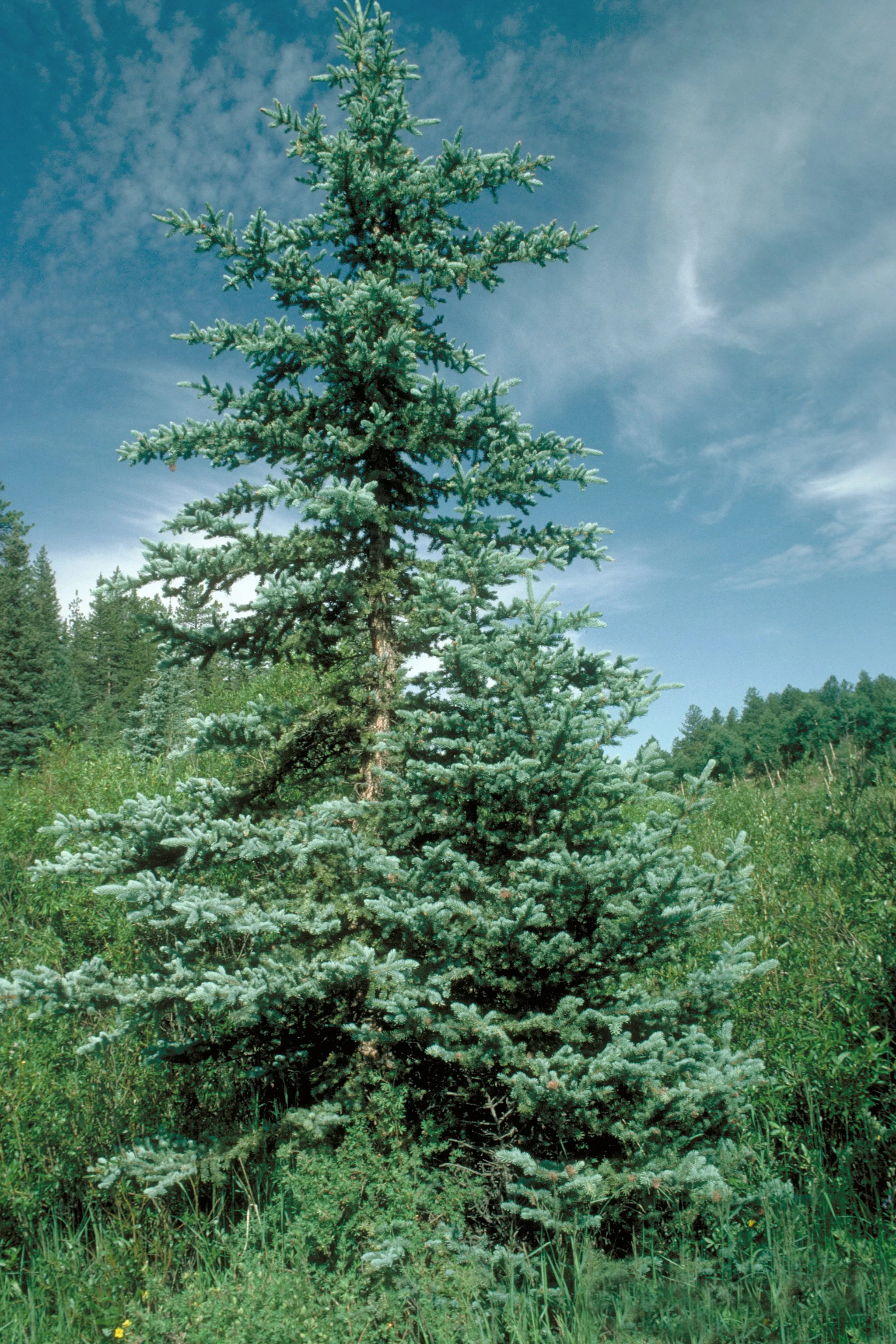Photo by Danorton licensed by CC BY-SA 4.0
We tend to speak in the future tense when it comes to climate change. Phrases like "climate change will alter..." and "species will be affected by climate change..." suggest that these are issues we will eventually face at some point down the road. In reality, climate change is happening and life is already responding. Plants are some of the best indicators that thing are and have been changing since humans started wreaking havoc on natural systems.
Even in the most remote corners of our planet, where human presence is almost nil, we are finding evidence of climate change in the flora. For instance, deep in the Andes Mountains, trees are already adjusting their ranges to cope with changes in regional climate. And now, cycads are reproducing outdoors in the UK for the first time since dinosaurs walked the Earth.
Sago palms (Cycas revoluta) are native to parts of southern Japan and though they can handle frosts, they require mild winters and hot summers to successfully reproduce. A few decades ago, one would have a hard time trying to overwinter these cycads outdoors in the UK but the climate has been changing. Today, these plants can be successfully grown outdoors in the southern portion of the country provided they are given a little bit of shelter. Though they will grow well in such situations, convincing these plants to reproduce is another matter entirely.
The UK is no stranger to the effects of climate change. For instance, the plants in question are growing in the Ventnor Botanic Garden on the Isle of Wight where even today’s lowest temperatures are significantly hotter than even the hottest recorded temperatures on the island 100 years ago. The plants are responding accordingly.
For the first time in UK’s human history, both male and female sago palm cycads are producing cones at the same time outdoors. This means that cycads will be able to successfully reproduce at this latitude since at least the Cretaceous Period, roughly 120 million years ago. During the Cretaceous, distant cousins of these cycads could be found growing in what today is the UK. At that time, Earth’s atmosphere was chock full of CO2 and quite hot. The fact that cycads are once again able to reproduce in the UK is alarming to say the least. It is a forecast of more changes to come.
UPDATE: Thanks to Dr. Susannah Lyndon and Robbie Blackhall-Miles for bringing to my attention that this is actually not this first time this has happened in the UK. Apparently Sago palm cycads have produced cones in places like London in recent history. Nonetheless, such events are evidence of a warming climate.




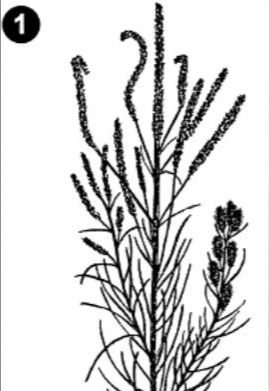

















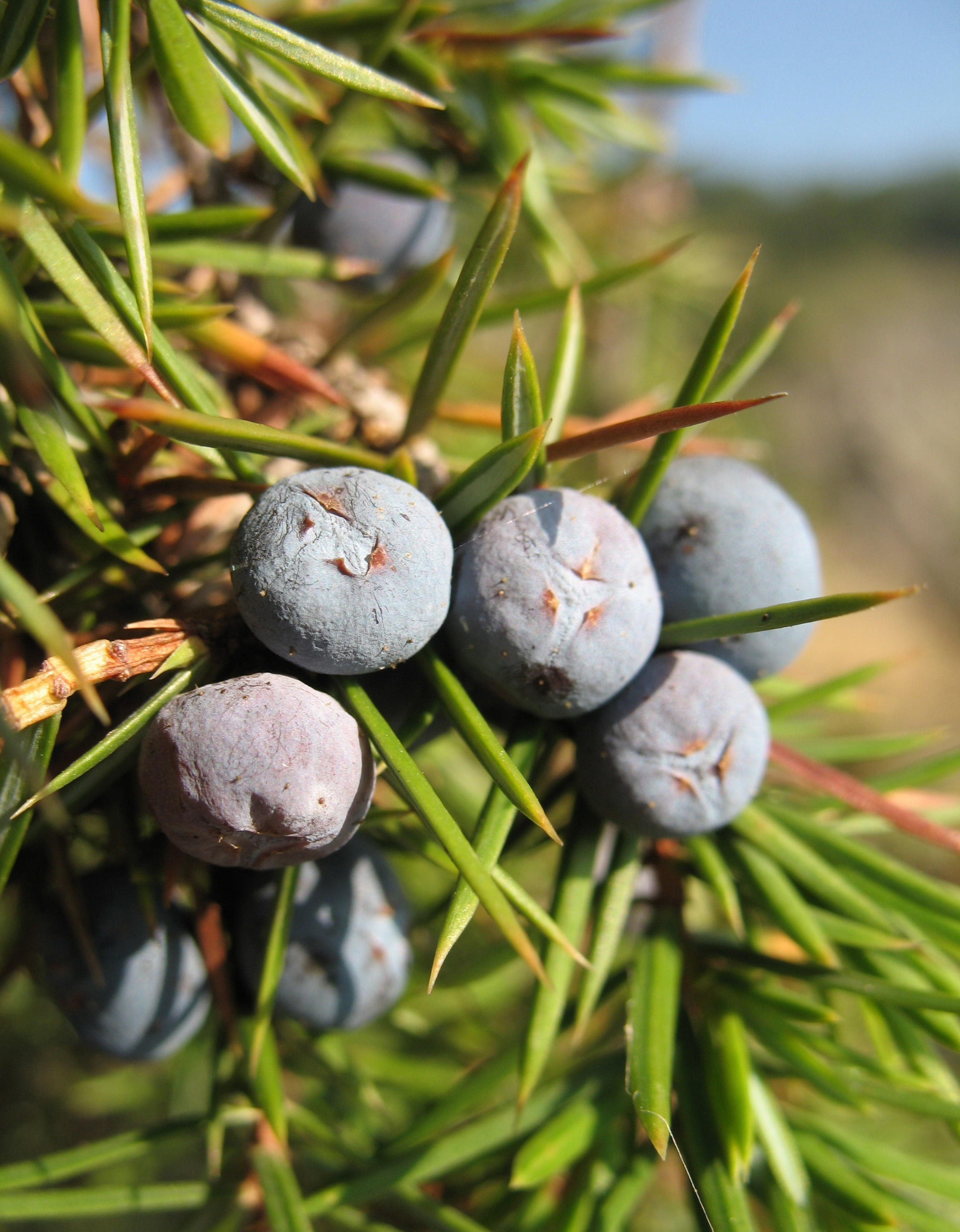

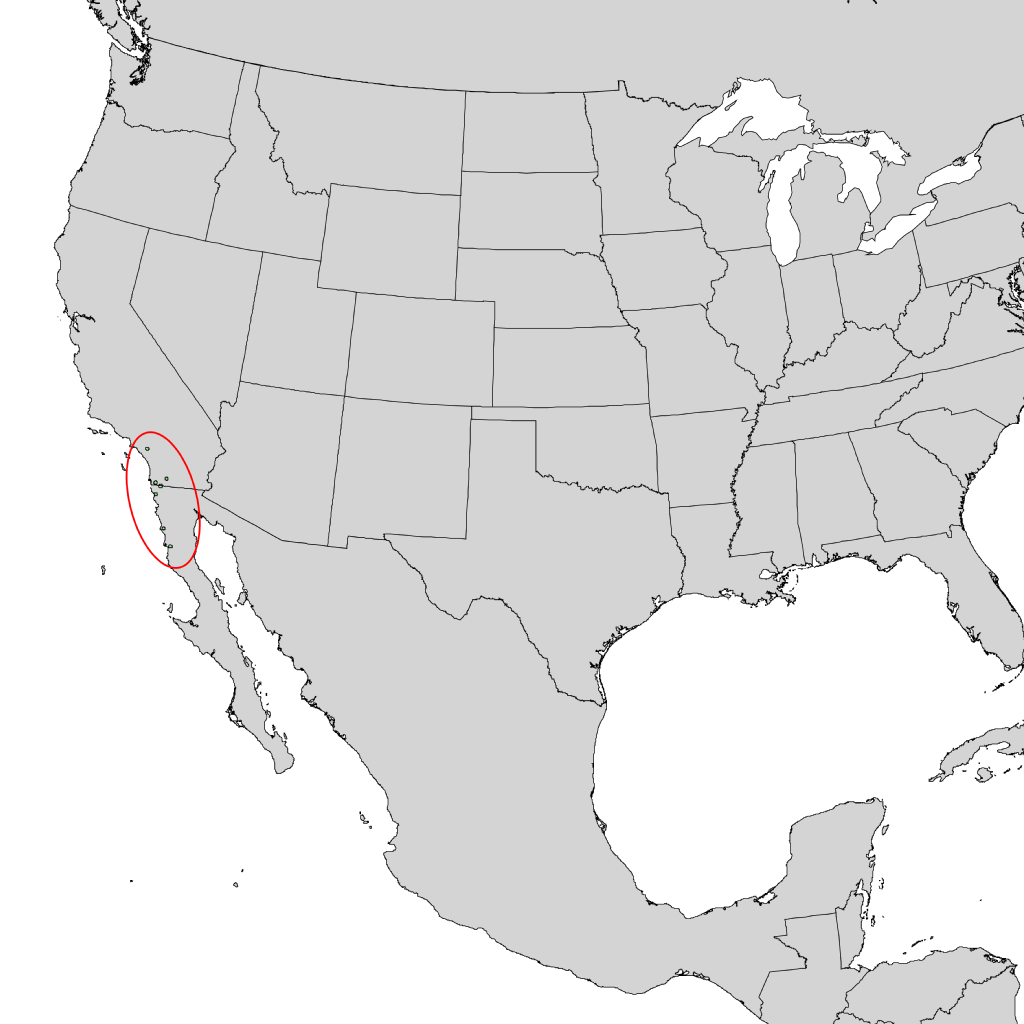




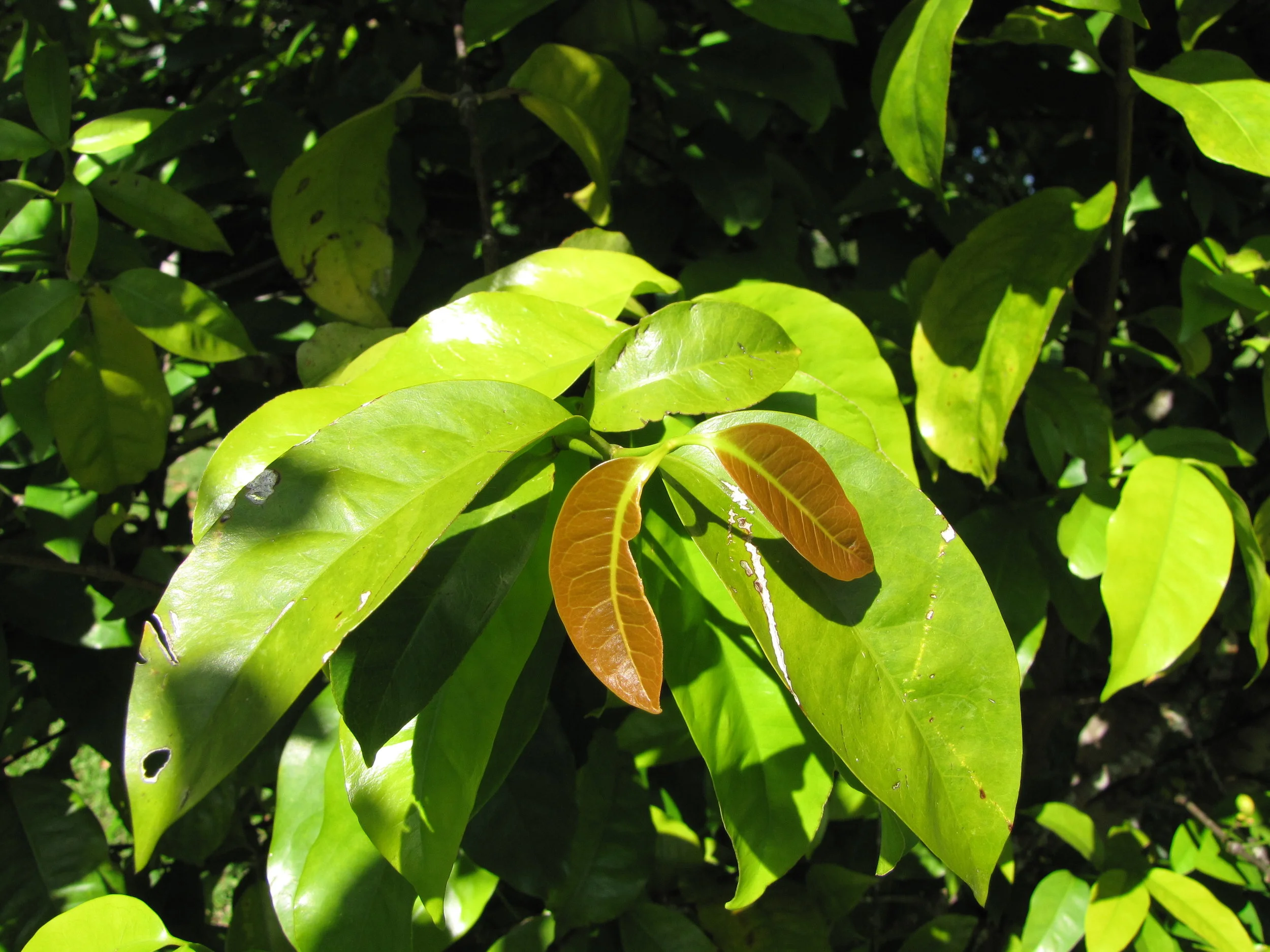
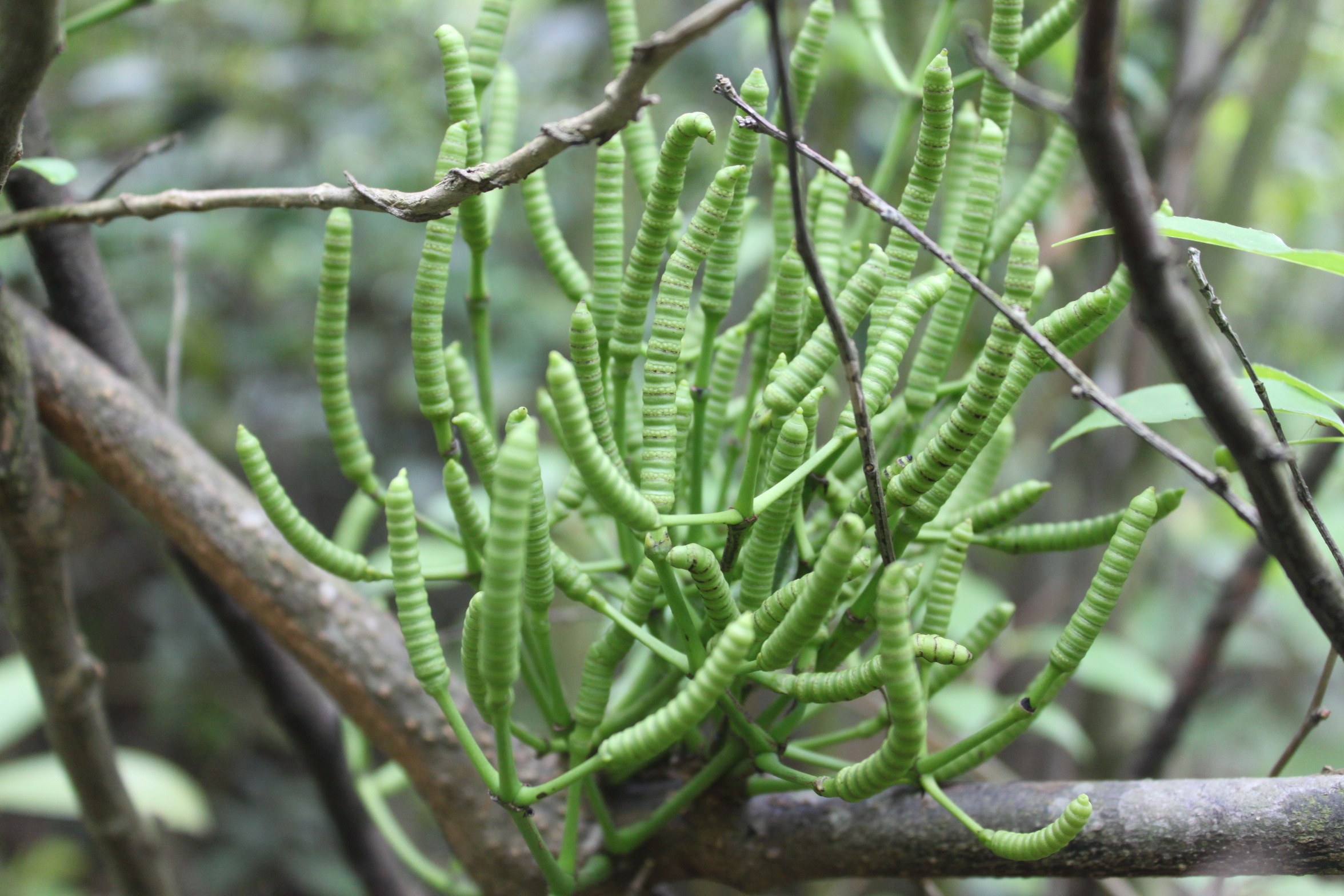



![[SOURCE]](https://images.squarespace-cdn.com/content/v1/544591e6e4b0135285aeb5b6/1495557742143-2CEJM33H22YBZY696COZ/image-asset.gif)
